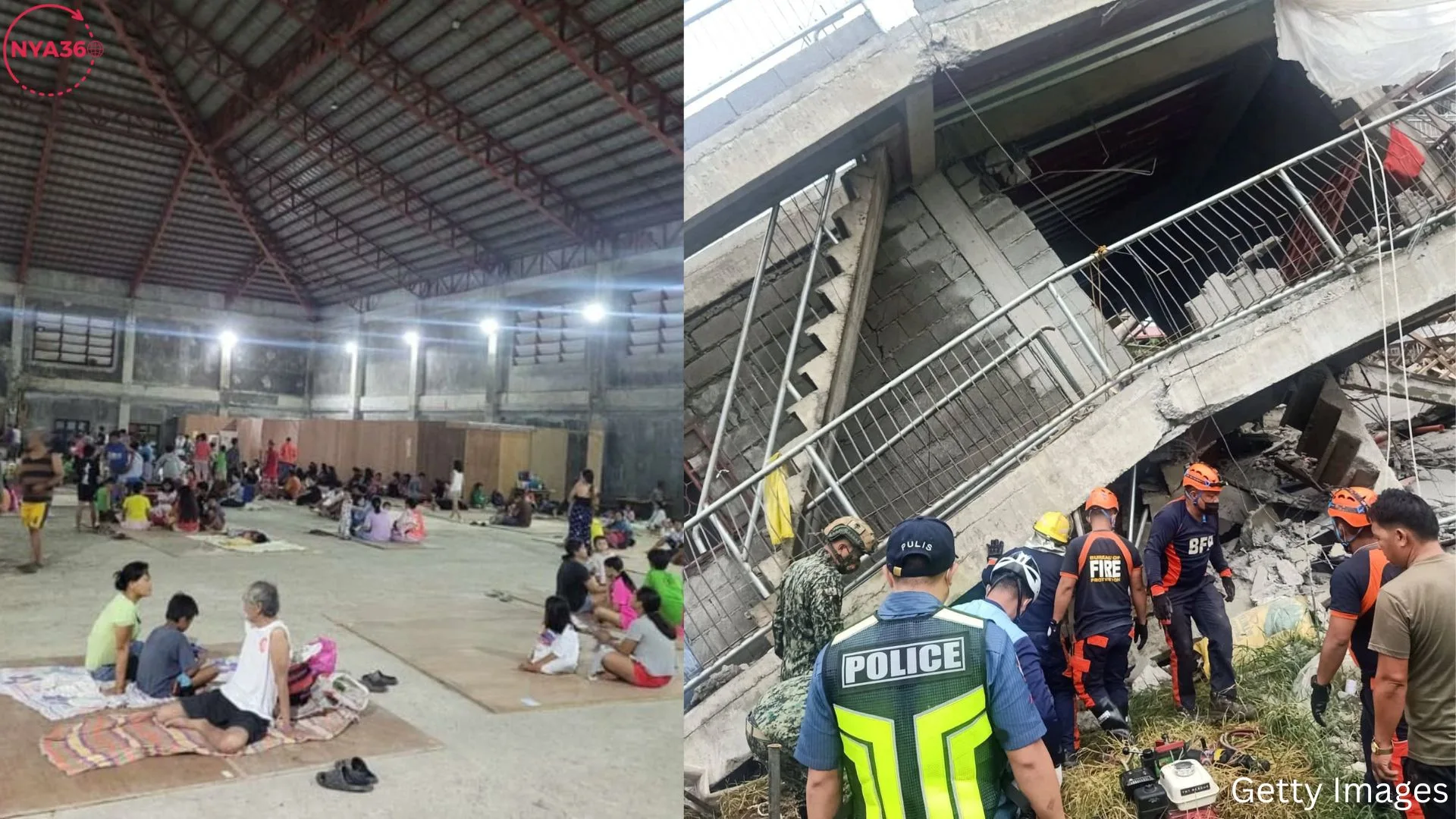The seismic occurrence of a 7.6 magnitude earthquake, which occurred off the coast of the Philippines in close proximity to Japan, holds considerable importance and necessitates a thorough examination owing to its potential consequences and the geological circumstances of the area.
Geographical Context: The Philippines and Japan are situated inside the Pacific Ring of Fire, a region widely recognized for its heightened seismic activity resulting from the dynamic movement and interaction of many tectonic plates. The tectonic activity associated with the movement of these plates frequently gives rise to seismic events and volcanic activity within the vicinity.
Magnitude and Consequences: A seismic event with a magnitude of 7.6 represents a significant occurrence with the potential to inflict extensive destruction, particularly contingent upon factors such as depth, geographical placement, and the ability of local infrastructure to withstand such forces. The assessment of probable damage and mortality is heavily influenced by the depth and closeness of an event to densely inhabited areas.
The potential for tsunamis is a significant concern due to the proximity of the earthquake to coastal areas. Seismologists and pertinent authorities expeditiously evaluate the potentiality of a tsunami and disseminate cautionary notifications to coastal areas, with the objective of ameliorating the ensuing consequences.
⚠️ THIS INSANE FOOTAGE FROM THE EARTHQUAKE THAT JUST HIT THE PHILIPPINES MAKES IT FEEL LIKE THE END TIMES ARE HERE ⚠️ pic.twitter.com/fO4w1qqicm
— Matt Wallace (@MattWallace888) December 2, 2023
Both the Philippines and Japan possess well-developed systems for earthquake preparedness and response, owing to their extensive experience with seismic disasters. The aforementioned systems encompass early warning systems, evacuation processes, and disaster response protocols, with the primary objective of mitigating the loss of human lives and limiting property damage.
Aftershocks and Continued Monitoring: In the aftermath of a substantial seismic event, it is probable that aftershocks may occur, necessitating ongoing monitoring efforts. The magnitudes of these events can vary and may persist for a duration following the primary seismic activity. The implementation of continuous monitoring conducted by seismologists and geologists is of utmost importance in order to effectively monitor and track the occurrence of aftershocks, as well as to offer essential guidance to the areas that have been impacted.
International collaboration and assistance frequently take place in situations of extensive devastation. During such times, neighboring countries and global entities provide their support by providing expertise, resources, and help to assist impacted regions in their efforts to recover.
🚨ALERT – A Massive 7.6 Magnitude Earthquake Just Hit Off The Coast of Philippines Not Far From Japan ⚠️
❗️WE COULD BE ABOUT TO SEE A MAJOR TSUNAMI❗️ pic.twitter.com/F0L7M8yVlI
— Matt Wallace (@MattWallace888) December 2, 2023
The societal and infrastructural implications resulting from seismic disasters are not limited to the immediate physical destruction they cause. The impact of the situation extends to various aspects, including societal structures, psychological well-being, and the economy of the regions impacted. Consequently, it becomes imperative to implement both immediate relief measures and long-term rehabilitation initiatives.
In summary, the occurrence of a 7.6 magnitude earthquake in the vicinity of the Philippines, in close proximity to Japan, carries substantial repercussions owing to the geological characteristics of the region and the potential ramifications on densely inhabited regions nearby. The effective management of the consequences of this seismic event will heavily rely on the response, preparedness, and participation of international bodies. Ongoing monitoring and support will be crucial for communities impacted by the disaster as they undergo the process of recovery and reconstruction.
Follow us on social media: Instagram, Threads & Twitter X @nya360_ YouTube & Facebook @nya360.





